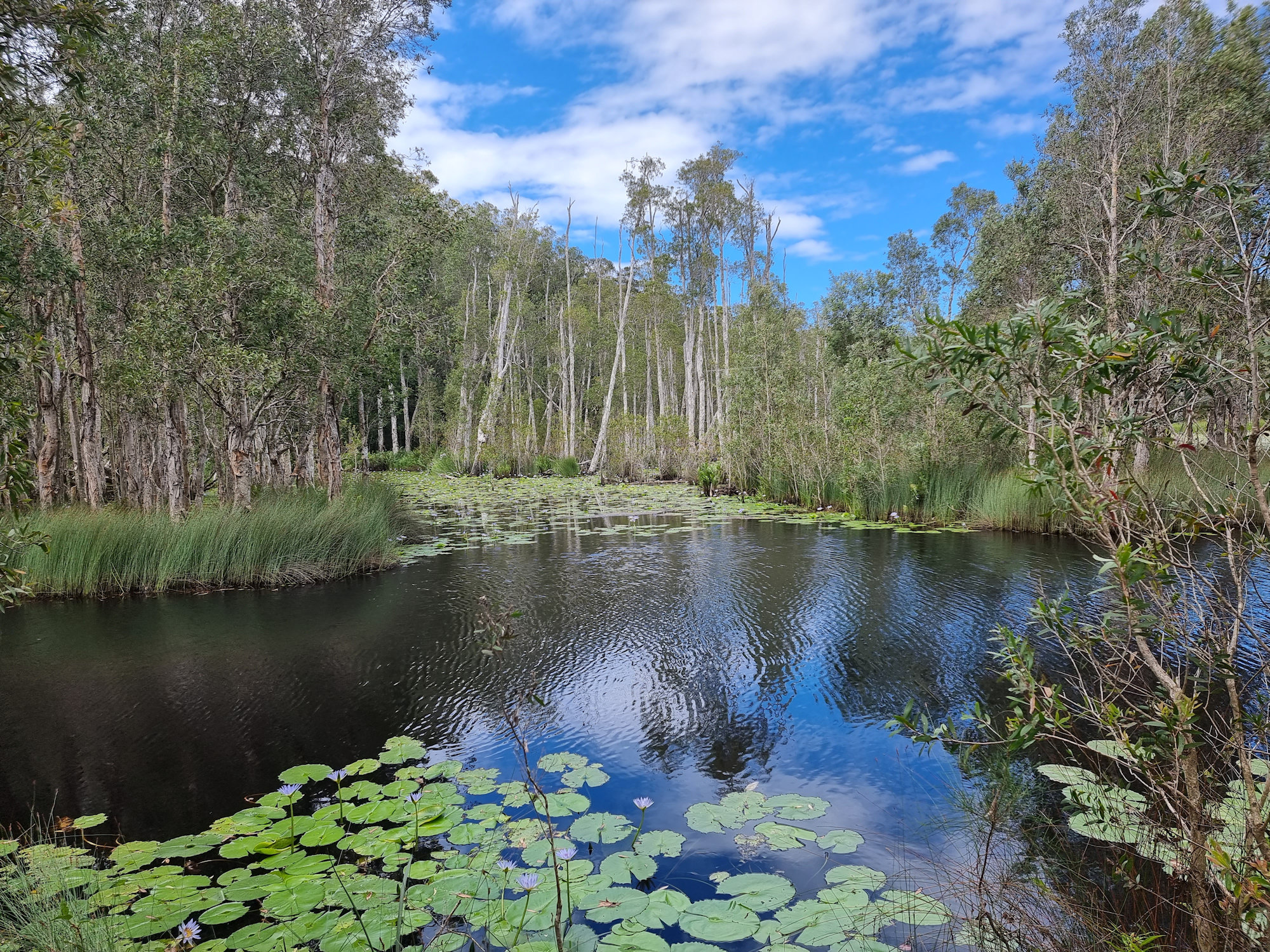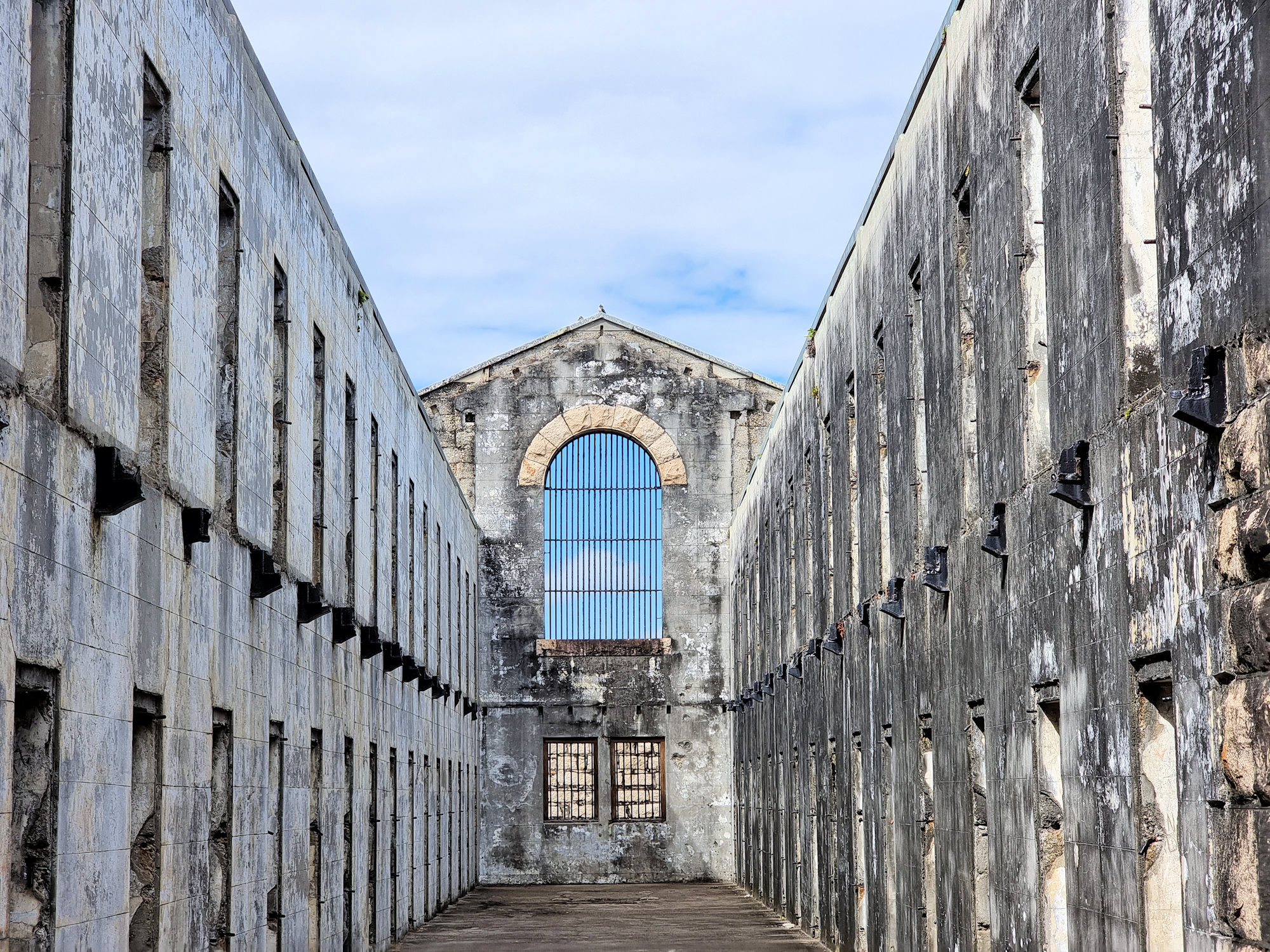Category: Mid-North Coast
-
Urunga Wetlands Boardwalk

Urunga Wetlands Boardwalk The Urunga Wetlands and Boardwalk are the result of a ten million dollar project to rehabilitate an old mining processing plant. The result is a beautifully restored wetland and the containment of the tailings and their heavy metal content. History of the Site In 1969, Broken Hill Antimony Pty Ltd established an… Read more
-
Port Macquarie Koala Hospital
Port Macquarie Koala Hospital Established in 1973 and dedicated to the to rescue, rehabilitation and release of wild koalas, the Port Macquarie Koala Hospital also helps visitor learn about this unique Australian animal. Located in the NSW mid-north town of Port Macquarie, the hospital is a favourite destination for tourists. On arrival, we were pleased… Read more
-
Trial Bay Gaol

Trial Bay Gaol Now a heritage listed ruin, Trial Bay Gaol originally served as housing for a prisoner labour force to build a nearby breakwater. The breakwater was intended to provide a safe harbour for ships sailing up the eastern Australian coast. Construction of the gaol commenced in 1877, with work on the breakwater following… Read more